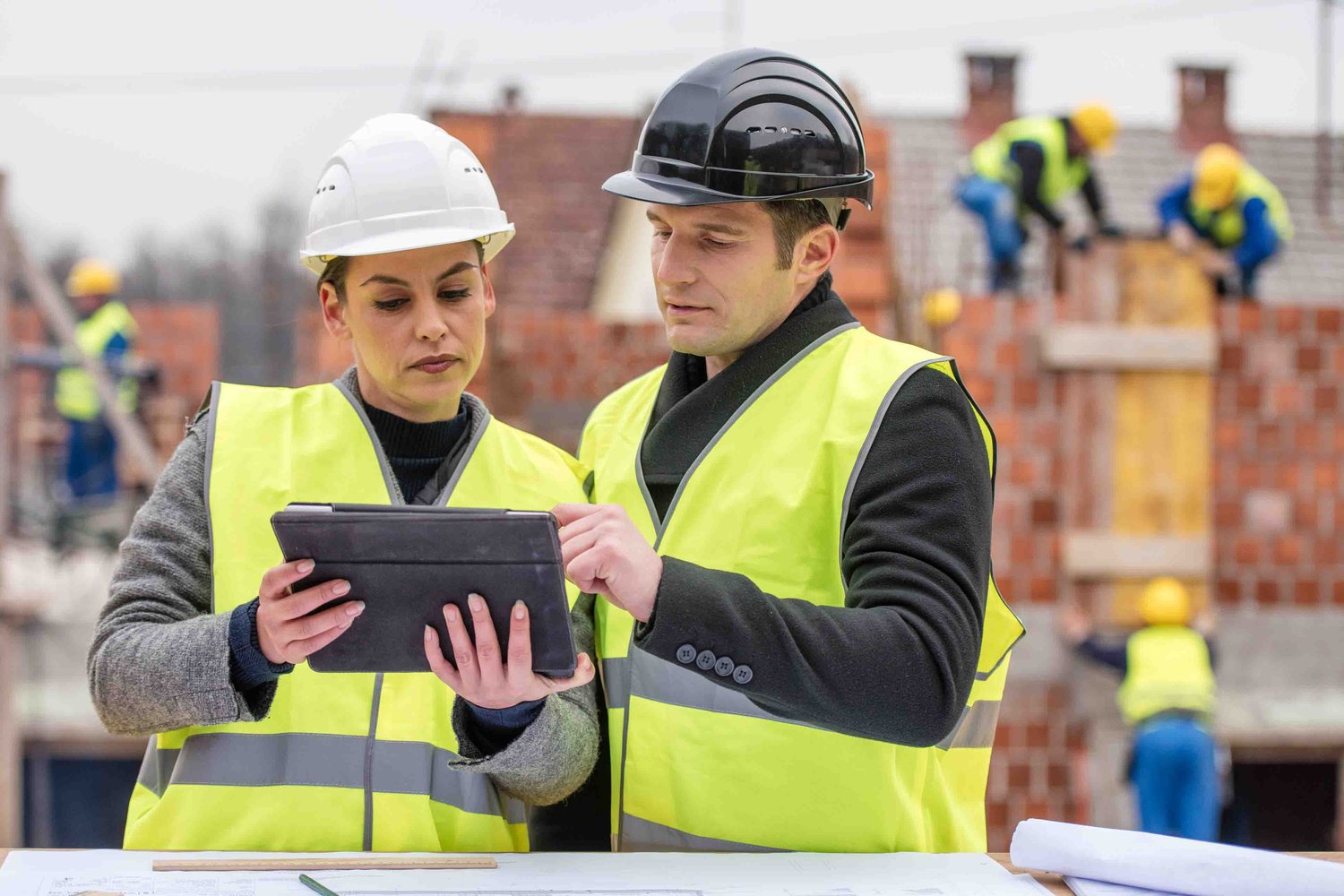This is the second blog in a 3-blog series created in partnership with Construction News.
At the start of last year, Causeway announced it had acquired biometrics specialist CausewayOne Attendance in a move that enhanced the range of products the company was able to provide to its clients. Working in partnership with Construction News, Ollie McGovern from Causeway discusses why biometric technology is good for business.
The newly named CausewayOne Attendance (formerly Donseed) was founded in 2013 by Ollie McGovern. He says that most biometric solutions to date simply provide a means of identifying workers but adds that this misses a trick. “One of the key benefits is around identity, but now with concerns around health and safety compliance, risk management and productivity, there is a desire from customers to do more than simply identify someone via biometrics, collecting business-critical data about personnel at point of sign-in or sign-out is a also a necessity,” says McGovern.
Why biometric technology is good for business: intelligent enrolment
A simple description of how the CausewayOne Attendance
system works illustrates the point. “If you are a worker turning up on a construction site and use our solution – either fingerprint or face recognition – for the first time, the system will take you through a touchscreen interface where you have to acknowledge GDPR, site-specific health and safety PPE rules and answer any bespoke questions set by the client,” he says.
“You are enrolled biometrically on a site, but you are also complying with site specific health and safety rules and acknowledging data protection. For the contractors, that means that they are capturing a one off, real-time identity of a worker and that biometric identity is a single template that they then don’t have to re-register on any other site for that contractor.”
However, the benefits of an intelligent biometric system for contractors go much further, not least in ensuring that they have an indisputable record that a worker has understood and accepted health and safety rules. “It reduces the risk of a contractor getting an incorrect health and safety claim retrospectively,” says McGovern.
“Historically, people would sign in and out on paper and a contractor would produce a paper-based site induction or site health and safety document. Workers could leave site and then two years later make a claim for compensation. Most companies would then have to go back and find paper records from two years previously, which may not be found or be illegible. So, there is a reputational risk. There is a commercial impact and obviously there is the time and effort by management to deliver on that.”
Why biometric technology is good for business: health and safety compliance
But it is not just about protecting employers from potentially vexatious claims – it is also about protecting workers. The firm says intelligent biometric systems which are powered by powerful back-end software solutions can be updated at any time, meaning that as circumstances change, those changes can be communicated. “It is an alternative way to communicate with your workforce and improve health and safety compliance because you are able to remind them at any time about health and safety rules,” he says.
“It’s a legal requirement for peopleto sign in and out of a site every day, so at that point if you choose to you can remind them about health and safety rules daily. You can update changes or risks to individual workers on a daily basis. All of that is recorded and time and date stamped. If health and safety rules change overnight, they can be updated in the cloud, pushed out to devices and you can update workers in the morning to acknowledge it when they sign in.”
Discover how biometric technology is having a direct impact on the bottom line in the third part of our 3-blog series in partnership with Construction News here.



